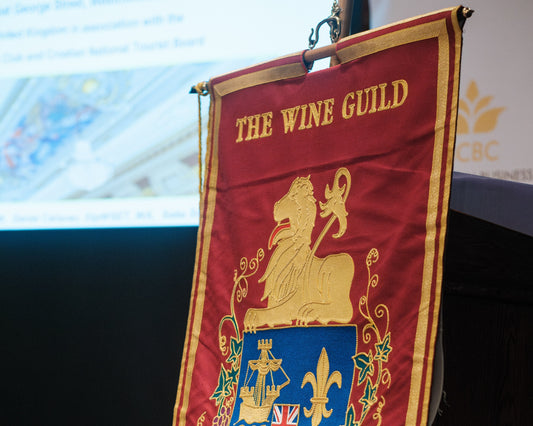| We also visited the cave town of Uplistsikhe, where I stood in a 1000 BC wine press. You couldn’t make it up. Wait till Las Vegas gets its hands on such an extraordinary feature. In neighbouring Armenia, again to the east of the country, we were incredibly excited to be taken to the Areni wine region, which boats the oldest winery in the world. Areni Cave-1, also known as the Birds’ Cave, was our destination. Initial excavations only began in 2007, when evidence was shown that well-preserved Late Chalcolithic (4300–3400 BC) as well as Medieval (400–1700 AD) remains were likely to be found in the rocks and spaces of low humidity here. The perfect conditions for preserving treasure... and, as it happened, the oldest humanoid brain, which was discovered here in 2009. The excavations were carried out by Boris Gasparyan of the Institute of Archaeology and Ethnography, and of the National Academy of Sciences of Armenia and have so far have unearthed fermentation vats, a wine press, storage jars and pottery sherds. Possibly over 6,000 years old. Also, 8,000-year-old grape pips were in evidence as well as the world’s oldest shoe. Climbing up above, 1,000 metres above sea level, alongside the river Arpa, this site is truly a real wonder of the world. The next day we visited the Armenia Wine Company, founded in 2008 by the Vardanyan and Mkrtchyan families as a result of love for their homeland, nature and culture. The winery is located in Aragatsotn, one of the viticultural regions of Armenia. It is situated between Yerevan and Mount Aragats (4,090 metres), Armenia’s highest peak. This proved to be another eye-opener. In a display of sheer brilliance, 8,000-year-old wine artifacts were presented in a modern hologram style. For elevenses we tasted today’s wines: an engaging port style; a three-year-old fortified raisiny wine from the barrel; then, under the Yerevan label, we were introduced to a cleanly-balanced fizz, followed by an unusual 2018 rosé and a 2020 red. All well-made wines with lowish alcohol at 12.5%. There was no real mention of terroir, and these were not yet world-beaters, but they could be on their way! We also managed to persuade our delightful hosts that we were worthy of their, as yet unreleased 10-year-old brandy. And boy, did that have strength and length! So where are Georgia and Armenia in the great pantheon of fine wine? The two oldest wine producing countries in the world have been hostage to geopolitics since time immemorial. Very recently released from the Russian yoke, but still economically constrained, they now, at last, have a chance to prove themselves in a free market. Just before we left on our trip, I met the charismatic Georgian Ambassador, Sofio Katsarava, at her Embassy in London. She expressed her wish that Georgian wine should be her country’s most recognized export and symbol. Will this happen? If the traditions and creativeness of Khareba and other peer wineries such as Teliani in Georgia and the family investment model in the Armenia Wine Company can lead the way, then it certainly deserves to. When new vine plantings become mature, when modern technology is optimized, when premium blends, and ‘less is more’ in terms of brands can be achieved. And when the right overseas trade partners can be found, then yes, there is indeed a niche future. The transition from curio wine, ‘interesting’ to discuss at a dinner party, to a trusted bottle you’d happily serve at home is possible. But to reach world-class, there will need to be fine tuning, which I sincerely hope can be achieved in these amazingly stalwart countries. May I suggest that a competition is held to find the best strapline combining the extraordinary vinous history of these two countries, inextricably dug-in as the passageway between Europe and Asia, and today and tomorrow’s wine enthusiast? ‘Their future lies in their past?’ |




